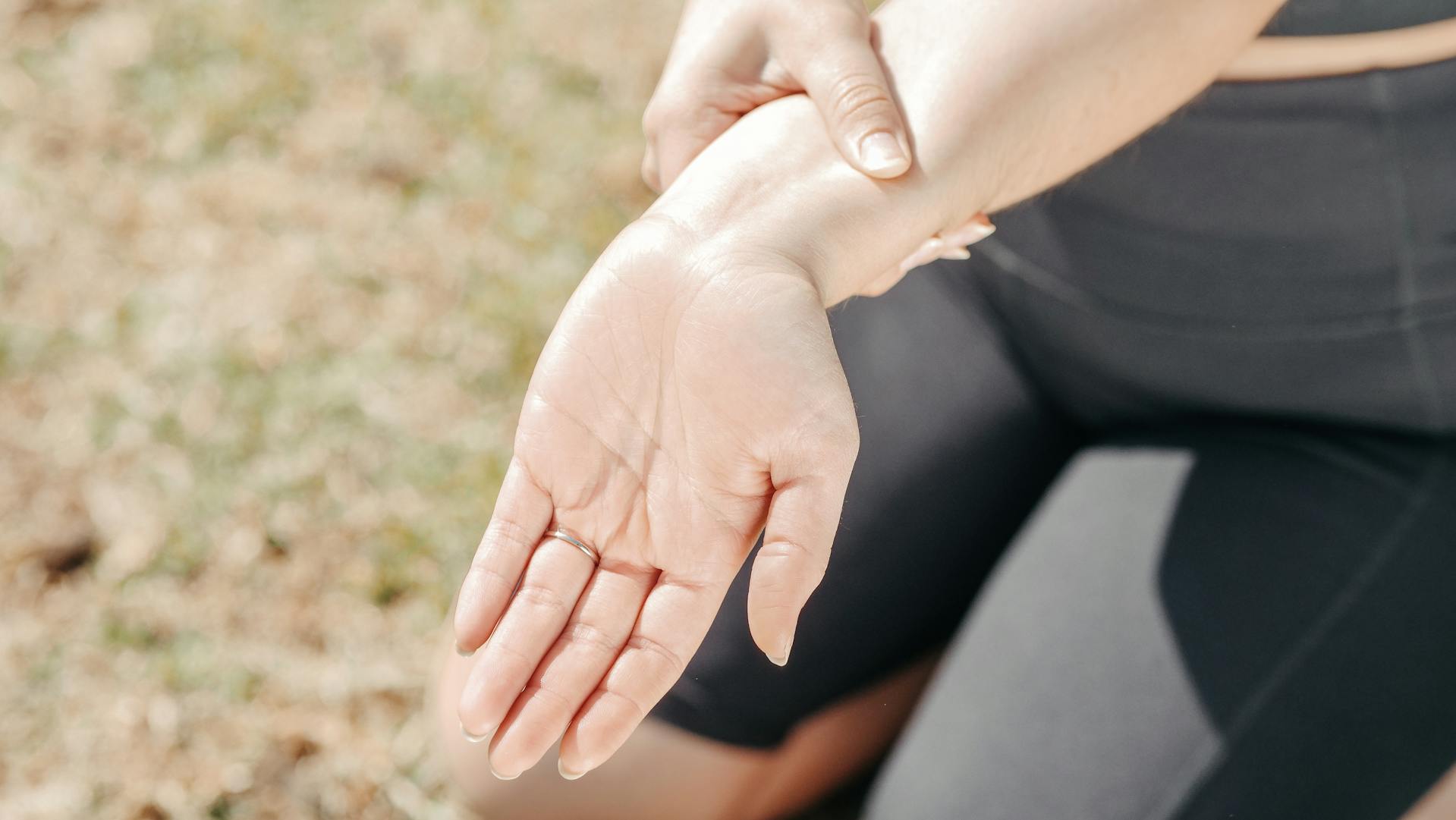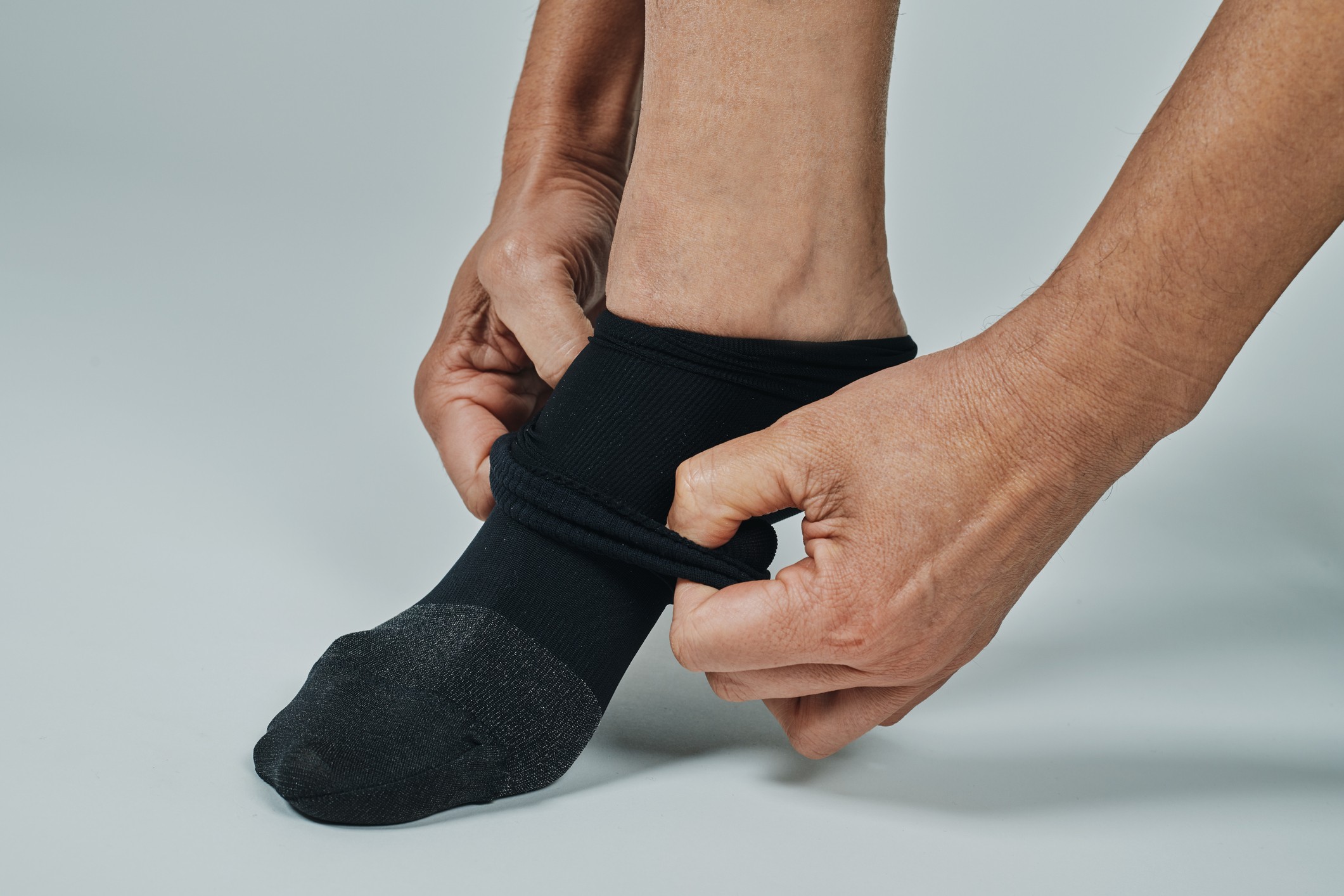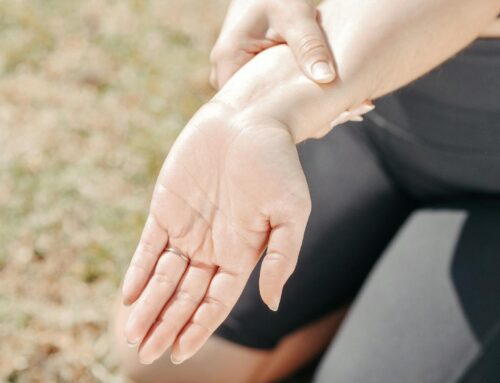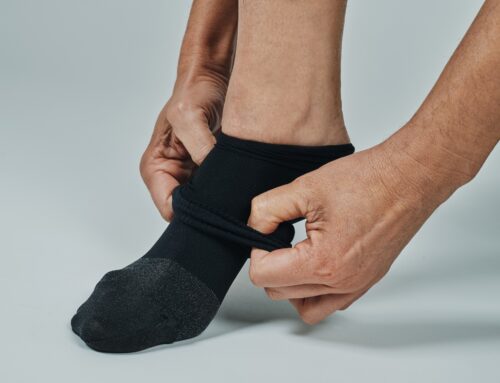For any athlete, whether amateur or professional, selecting proper footwear is a critical decision that goes beyond aesthetics and brand loyalty. The right shoes act as a fundamental tool for injury prevention, providing the necessary support and protection tailored to the specific demands of their sport. Proper footwear is the first line of defense against the common pitfalls of athletic endeavors, such as sprains, strains, and stress fractures.
By understanding the mechanics of your feet and the requirements of your athletic activities, you can make informed choices that will safeguard your health, enhance your performance, and extend your participation in the sports you love. This essential piece of sports gear, often overlooked for its simplicity, is a cornerstone for any athlete aiming to stay injury-free on and off the field.
Sports Injuries and Prevention
Sports injuries often stem from the pressure exerted on the body during athletic activities. Quick pivots, repetitive motions, and high-impact landings can strain the musculoskeletal system, particularly the feet. Overuse, improper form, and inadequate rest contribute to injuries as well, but one of the most controllable factors is the use of proper footwear. The right shoes provide a supportive base, reducing the risk of overextension, torsion, and impact—common culprits behind sports injuries.
Footwear is not just about comfort or fashion on the playing field—it’s a critical piece of protective equipment. Proper footwear cushions the feet, distributes forces evenly, and aligns the foot to reduce stress on joints and tendons. It also enhances grip and traction to prevent slips and falls, offers adequate ventilation to ward off infections, and shields against external injuries.
The right shoes serve as guardians for an athlete’s feet, enabling them to perform at their peak while minimizing the danger of injury.
Key Features of Athletic Shoes
When it comes to athletic shoes, several key features are essential for preventing injuries:
- Supportive Design: Structurally sound to provide stability during lateral movements.
- Cushioning: Absorbs shock, reducing stress on joints during high-impact activities.
- Proper Fit: Snug enough to prevent unnecessary movement without constricting circulation.
- Flexibility: Allows natural foot movement while maintaining support.
- Breathability: Ventilation to manage moisture and reduce blister formation.
- Traction: Outsoles designed to grip surfaces securely, preventing slips.
- Durability: Robust materials that withstand wear and tear without losing integrity.
- Lightweight Construction: Reduces fatigue, allowing for more agile movement.
How Orthotic Support Enhances Shoe Functionality
Orthotic support extends the functionality of athletic footwear far beyond the basic design, turning each shoe into a personalized piece of sports equipment. Let’s delve deeper into how orthotic support elevates the utility of your athletic shoes.
Customized Fit
Orthotics are tailor-made to suit the individual contours of each foot, providing a precise fit that off-the-rack shoes alone cannot offer. This bespoke fitting eliminates excess movement within the shoe, which can lead to rubbing, blisters, and instability.
By bridging the gap between foot and shoe, orthotics ensure that feet are snugly encased, reducing the risk of skin irritations and allowing for secure, confident movements.
Enhanced Alignment
Orthotics do more than just cushion your steps; they actively promote the correct positioning of the feet, ankles, and legs. This isn’t just about comfort—it’s about creating a solid foundation for the entire body.
Proper foot alignment can lead to more stable knees and hips, facilitating a natural gait and reducing the likelihood of injuries that stem from misalignment, such as iliotibial band syndrome or patellofemoral pain syndrome.
Distributed Pressure
By spreading impact forces evenly across the foot, orthotics take the strain off high-pressure areas. This is crucial in preventing localized foot conditions and in reducing the cumulative stress that can radiate up to the lower back.
Such distribution of force is particularly beneficial for athletes who engage in high-impact sports, as it helps in maintaining foot health and mitigating the risk of stress fractures and joint pain.
Increased Comfort
The comfort provided by well-designed orthotics can be a game-changer, especially in sports that involve extensive periods of play or practice. The additional support and cushioning make a noticeable difference in overall foot comfort, which can be the deciding factor in an athlete’s ability to train harder and longer.
When discomfort is out of the picture, athletes can focus on performance, endurance, and technique.
Improved Performance
Finally, orthotics contribute to better athletic performance by supporting the foot’s arch and natural structure, which allows for a more efficient and powerful movement during sport. They can enhance the foot’s responsiveness, which is essential in sports that require precision and agility.
The stability and support provided by orthotics also mean that athletes can enjoy greater endurance, as less energy is wasted compensating for poor foot alignment or inadequate support.
Incorporating orthotic support into your athletic footwear strategy can offer a competitive edge, ensuring that each step taken is one step closer to peak performance and away from injury.
Injury Prevention: Custom vs. Off-the-Shelf Orthotics
The debate between custom and off-the-shelf orthotics is significant when considering injury prevention in sports:
- Custom Orthotics
Tailored to the individual’s foot, providing specific support where it’s needed most. They are designed after a thorough assessment of foot structure, gait, and the specific demands of the athlete’s sport. - Off-the-Shelf Orthotics
More general in their design, offering a range of support that can benefit those with mild issues or in need of basic cushioning and support. They are readily available and can be a cost-effective option for athletes.
While both types have their place in sports, custom orthotics offer a level of specificity that can be crucial for injury prevention, particularly for athletes who have unique biomechanical needs or who are recovering from previous injuries.
Orthotics for Common Sports-Related Foot Problems
Orthotics can play a crucial role in managing and preventing common sports-related foot problems:
- Plantar Fasciitis: Orthotics provide arch support and cushioning to alleviate strain on the plantar fascia.
- Achilles Tendinitis: They help adjust foot positioning to reduce stress on the Achilles tendon.
- Metatarsalgia: Orthotics with metatarsal pads can redistribute pressure away from the ball of the foot.
- Shin Splints: Corrective orthotics can assist in alleviating the stress that leads to shin splints by improving foot and leg alignment.
- Ankle Instability: By providing proper alignment and support, orthotics can prevent the improper rolling of the ankle that leads to sprains and chronic instability.
Tips for Making the Right Choice
When you’re in the market for new athletic shoes, start with the activity they’re intended for. Manufacturers design shoes with specific sports in mind, optimizing features to suit the movements and impacts involved. For instance, running shoes are built to absorb the repetitive forward motion impact, whereas basketball shoes offer more ankle support for lateral movements.
Understanding the lingo on labels and in marketing materials is crucial. Terms like “motion control” indicate a design that addresses excessive foot rotation, valuable for those with pronation issues. “Extra cushioning” suggests a focus on shock absorption, which could be vital for high-impact activities. However, these features should match your personal needs—more isn’t always better.
It’s easy to get caught up in the latest trends or to be swayed by the endorsements of top athletes. However, flashy marketing doesn’t always equate to a better shoe. Research and, if possible, test the technology to ensure it offers more than just a stylish look.
Lastly, the brand of a shoe can sometimes overshadow its actual performance and fit. While brand-name shoes can offer high quality and innovative technology, the most important aspect is how the shoe works for you. It’s the fit, comfort, and support that will prevent injuries and enhance your performance, not the logo on the side. By focusing on the features that matter most, you’ll make a smart investment in your athletic endeavors.
When to Replace Your Sports Footwear
Athletic shoes wear down over time and lose their ability to provide the support and protection you need. Knowing when to replace your sports footwear is vital to maintaining your performance and reducing the risk of injury.
Generally, the life expectancy of a shoe depends on the frequency and intensity of use, but a good rule of thumb for runners is to consider a replacement after about 300-500 miles of use. For those involved in other sports, pay attention to the cushioning: once it starts to feel less responsive and the comfort diminishes, it’s a signal that the shoes are past their prime.
Apart from the mileage or hours of usage, the physical condition of your shoes can also indicate it’s time for a new pair. Check for signs like the tread wearing out, the midsole compressing, or the upper part of the shoe showing excessive wear and tear. Even before they reach the breaking point, shoes may start to lose their structural integrity, failing to provide the stability and shock absorption needed.
If you start to experience new aches and pains in your feet, ankles, knees, or hips, it could be your shoes no longer offering the support you’ve come to rely on. In this case, a new pair of shoes with proper footwear qualities can help realign your stride and restore comfort.
Tips for When to Replace Sports Footwear
- Monitor the mileage on your shoes; running shoes typically need replacement after 300-500 miles.
- Look for signs of uneven wear patterns on the soles, which can indicate a breakdown in support.
- Pay attention to the shoe’s interior. Once the cushioning or orthotic support flattens and doesn’t spring back, it’s time for new shoes.
- Be aware of any new discomfort or aches in your feet and legs, as this could be a sign that your shoes are no longer providing adequate support.
Stepping Towards Injury-Free Athletics
The role of proper footwear in the realm of sports cannot be overstated. It is the cornerstone of an athlete’s arsenal, essential for both performance enhancement and injury prevention. Proper footwear provides the structural support needed to navigate the physical demands of various sports, while also offering the cushioning necessary to absorb shock and reduce stress on the body. The strategic design of athletic shoes directly correlates with a reduced risk of common injuries, allowing athletes to train harder and longer.
Investing in the right footwear is investing in your athletic future. It’s not just about the immediate comfort you feel—it’s about the injuries you prevent in the long run. And for those seeking the utmost in personalized support, custom orthotics can be the key to unlocking your full potential. They mold to the specific contours of your feet, offering unparalleled support where you need it most.
For athletes ready to take their performance to the next level and safeguard against injuries, exploring the option of custom orthotics could be your next step. Reach out to Care-Med to a fitting consultation service and discover how the right fit can make all the difference.
Share This Story, Choose Your Platform!
Table of Contents
- Sports Injuries and Prevention
- Key Features of Athletic Shoes
- How Orthotic Support Enhances Shoe Functionality
- Injury Prevention: Custom vs. Off-the-Shelf Orthotics
- Orthotics for Common Sports-Related Foot Problems
- Tips for Making the Right Choice
- When to Replace Your Sports Footwear
- Stepping Towards Injury-Free Athletics
We specialize in orthotics, body braces, and compression wear tailored to your unique needs in Toronto. Reach out to us at info@caremed.care or call 416-782-5353 to book your fitting and consultation.
Experience the difference of customized solutions designed just for you.











